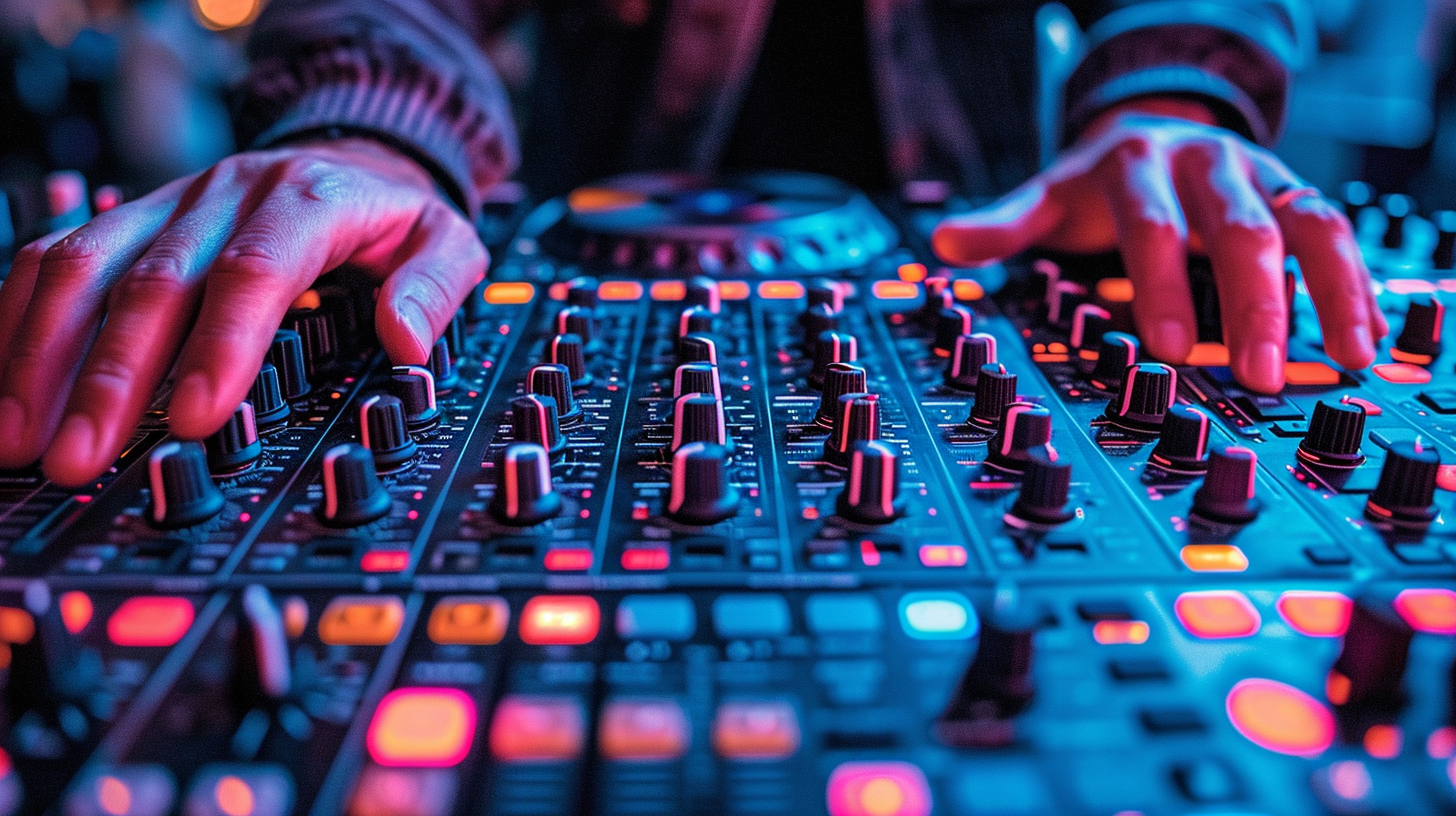DJ gear can get expensive fast. Can you still access the power of mixing software without costly controllers?
Serato DJ is the industry standard DJ software, integrating with both pro DJ hardware and more affordable controllers. But can it be used even without any controllers at all?
Let’s explore what features you can and can’t access in Serato DJ armed with just a keyboard and mouse.
Can You Use Serato DJ Without a Controller?
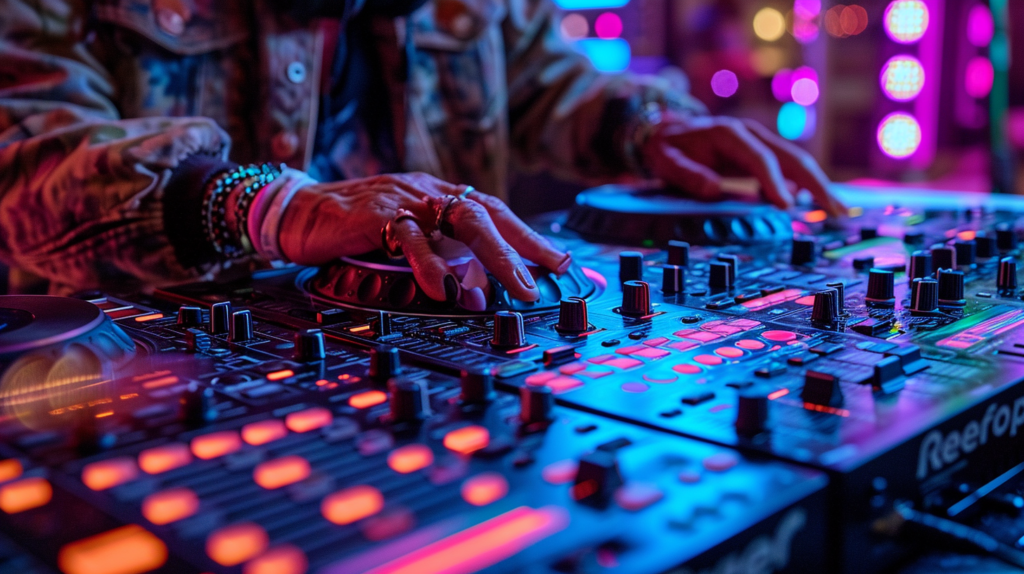
Yes, technically Serato DJ provides an interface allowing the loading, playing, and mixing of music tracks without any DJ hardware connected. By relying on computer keyboard shortcuts and mouse controls, it is possible to access the basics like setting cue points, blending between tracks, and adding some effects. This allows a completely controller-free Serato experience.
However, using the software this way for any professional use is extremely limited. Smooth transitions, accurate effect control, and creative expression will be very difficult without tactile DJ gear. We’ll explore the possibilities and limitations of using the software without controllers more below. But in short – it is possible, but not optimal for live performances without investing in physical DJ hardware.
What is Serato DJ?
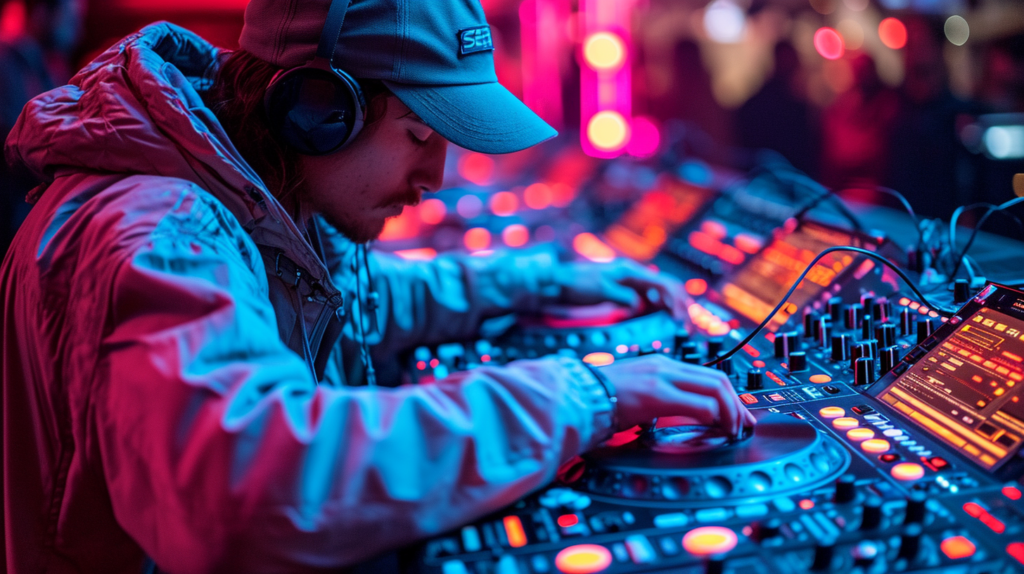
Serato DJ is popular DJ software that works with various DJ controllers and audio interfaces to give DJs a full suite of tools to mix music and perform live sets. It allows DJs to load tracks to virtual decks, mix songs together, add professional effects, set cue points and loops, and more. Serato DJ is designed to integrate tightly with DJ hardware like mixers, turntables, and all-in-one controllers to give a seamless live performance solution. However, a controller is not actually required to use the software.
The software provides a basic interface that can be used without any DJ hardware at all. By using a computer keyboard and mouse, it is possible to load tracks, mix between them, and add some basic effects. This gives home DJs and beginners an introduction to DJ software without needing to purchase expensive equipment. However, there are some significant limitations to using Serato DJ without a hardware controller. The lack of hands-on physical controls makes mixing, scratching, and adding effects a lot more difficult than with a controller. Overall creative control is reduced without the hands-on hardware.
Is a Controller Required to Use Serato DJ?

A controller is not required to use Serato DJ. The software functions at a basic level without any DJ hardware connected. By using a computer keyboard and mouse/trackpad, users can access the main functions of Serato DJ including loading tracks to decks, adjusting volumes and EQs, setting cue points and loops, and mixing between tracks and decks. This allows home DJs on a budget to get a taste of using professional mixing software for free, without investing in equipment.
However, there are some significant limitations. Having no physical controller severely restricts the creative options, tricks, and techniques available. It is extremely difficult to pull off smooth, nuanced mixes using only keyboard and mouse controls. Scratching, creating rewinds/halts, fine adjustments of EQs and effects – all become very tricky. This reduces the ability to mix tracks in an artful way. For serious DJ use, a quality controller becomes vital to unleash the full potential of Serato DJ software. But to simply get a basic understanding of how the software works, try some mixing, and practice beatmatching, a controller is not mandatory.
Mixing Music in Serato DJ Without a Controller
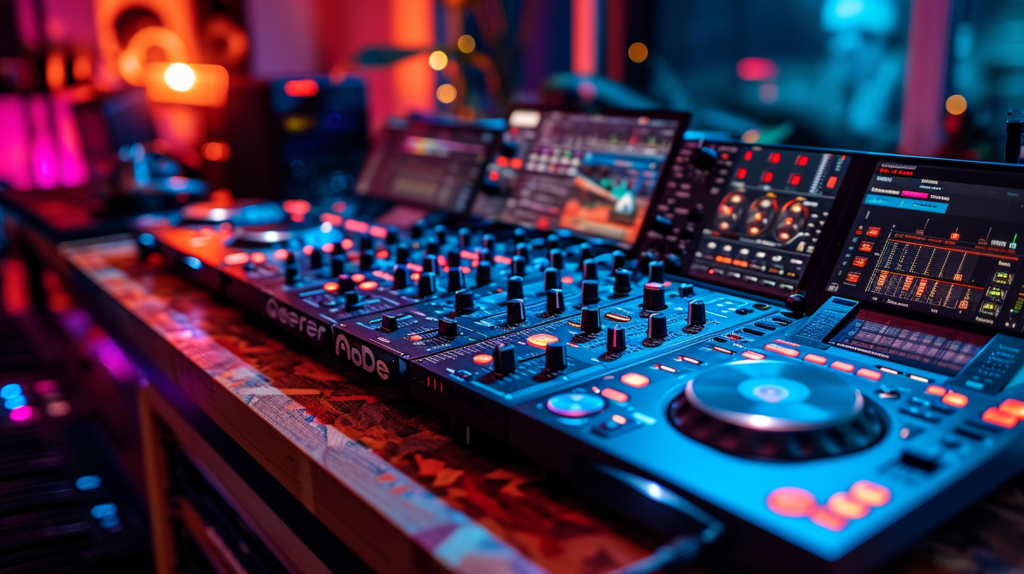
To load tracks ready for mixing without a controller, users can navigate through their library using their keyboard and mouse to click and drag tracks onto the virtual decks. Keyboard shortcuts can also be used, such as pressing “1” or “2” keys to instantly load tracks onto Deck 1 and Deck 2 respectively.
Once tracks are loaded, play/pause, cue buttons, pitch faders and volume faders can all be controlled with keyboard shortcuts. For example, spacebar imitates the play/pause function. Mixing is then achieved by using keyboard volume and equalizer controls to transition from one track to another. Once familiar with the keyboard mappings, DJs can manually beatmatch tracks before blending them together into a mix.
However, smoothing mixing tracks together using only keyboard and mouse controls can be extremely challenging. Not having hands-on control of physical jogwheels and faders makes it hard to adjust the timing of tracks for perfect beatmatching. Mixing can sound clumsy or out of time without practice. While keyboard shortcuts give basic control, they lack the nuanced control, finesse and manipulation that physical DJ gear allows. This can frustrate DJs wanting to pull off accurate mixes.
Adding Effects Without a Controller
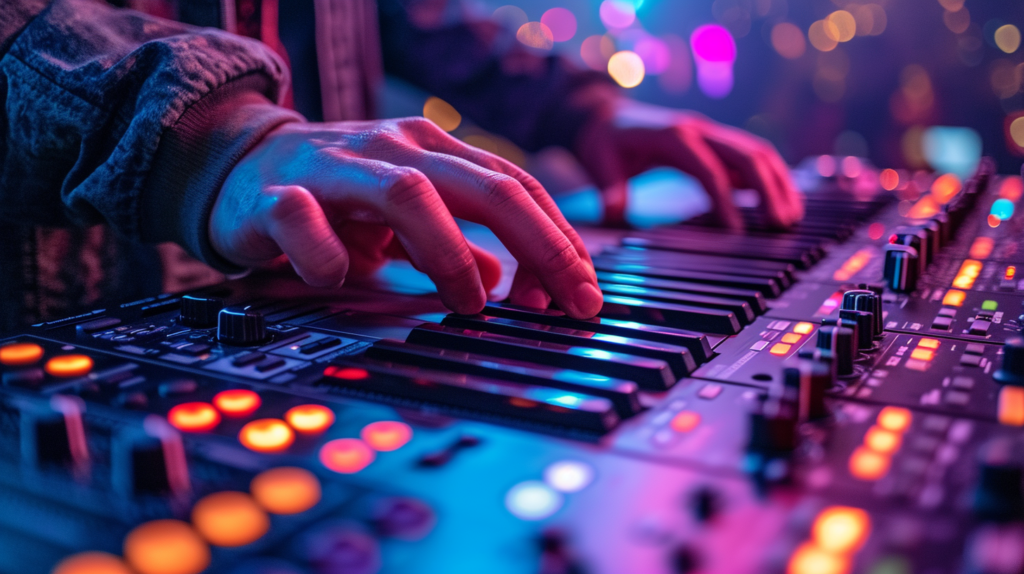
Along with mixing tracks, Serato DJ comes bundled with a range of DJ effects including echo, flanger, filter, reverb and more. These can be added to tracks for extra creativity, buildups, transitions, etc. Without a controller, effects must be triggered using mouse clicks or keyboard shortcuts. For example, pressing “Q” will activate the first effects slot.
Once activated, keyboard shortcuts can control some parameters of the effects too. Using the flanger as an example, pressing the left/right arrow keys will decrease/increase the wet/dry mix of the effect. Up/down arrow keys control other parameters like delay time, feedbac etc. So it is possible to add effects and make some adjustments to them without hardware control.
However, as with mixing, adding effects precisely is a lot more difficult relying on mouse clicks and keyboard shortcuts rather than hands-on physical knobs/buttons. It is hard to make subtle effect tweaks, time effect drops or builds accurately, or layer multiple effects smoothly. So creative use of effects is limited without proper DJ gear to control them.
Useful Tips for Controller-Free Use
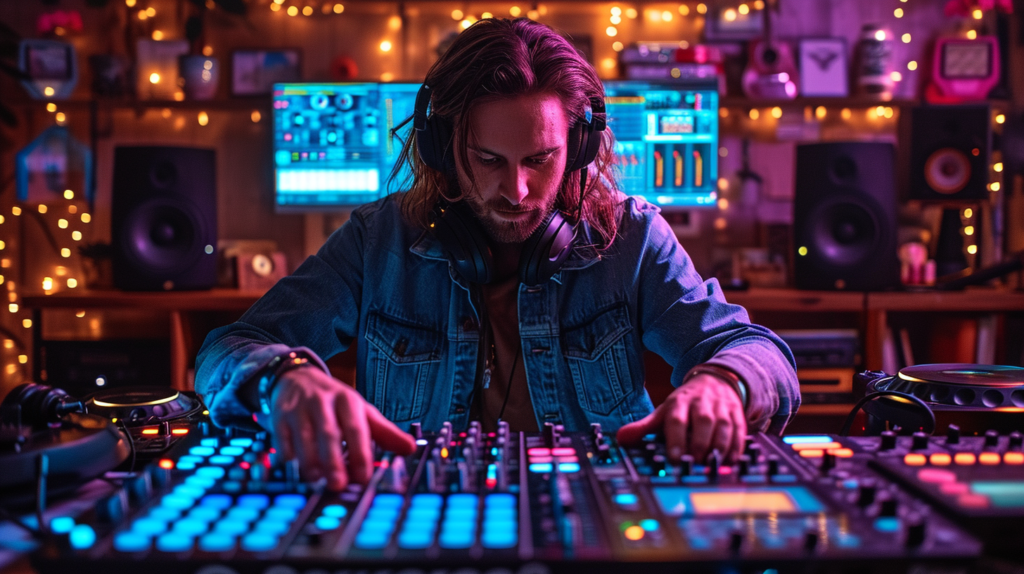
While Serato DJ can technically be used without a hardware controller, the experience is very restricted and limited for any professional or creative DJ use. However, for beginners wanting to try basic mixing and get a feel for the software, it can serve as a useful introduction before investing in equipment. Here are some tips:
- Spend time organizing music into crates, playlists or tags. This will make finding tracks quicker without having to use keyboard shortcuts to scroll through a disorganized library. planning ahead is key.
- Use cue points to mix by numbers. Drop cue points on downbeats of tracks so that you always have reference points to sync or transition tracks without needing to beatmatch manually. This can help simplify basic mixing.
- Practice using keyboard volume control and EQs to work on smooth transitions. Work on fading between tracks and blending them together cleanly. It will likely sound clumsy at first but regular practice will improve manual transitions.
- Map your own keyboard shortcuts if you find the default ones difficult to use while mixing. Customize shortcuts for the functions you use most to simplify your workflow without a controller.
The above tips can help provide a basic Serato DJ experience without hardware to practice some entry-level DJ skills. But for true creative expression, an all-in-one controller or modular DJ setup is strongly recommended to get the most from the software.
Conclusion
In conclusion, while Serato DJ is designed to be used with DJ controllers and hardware for the best creative experience, the software can technically be accessed on a basic level without any equipment. By relying on mouse, keyboard and computer trackpad controls, users can mix tracks, set cue points, and add some effects. However, smooth transitions, nuanced mixing, and accurate effect control is extremely difficult without tactile hardware. Serato DJ without a controller serves more as a testing ground rather than a performance solution. For beginners exploring DJ software, it offers a glimpse into mixing and effects before investing in gear. But controllers become vital to unleash the true potential of Serato DJ.
